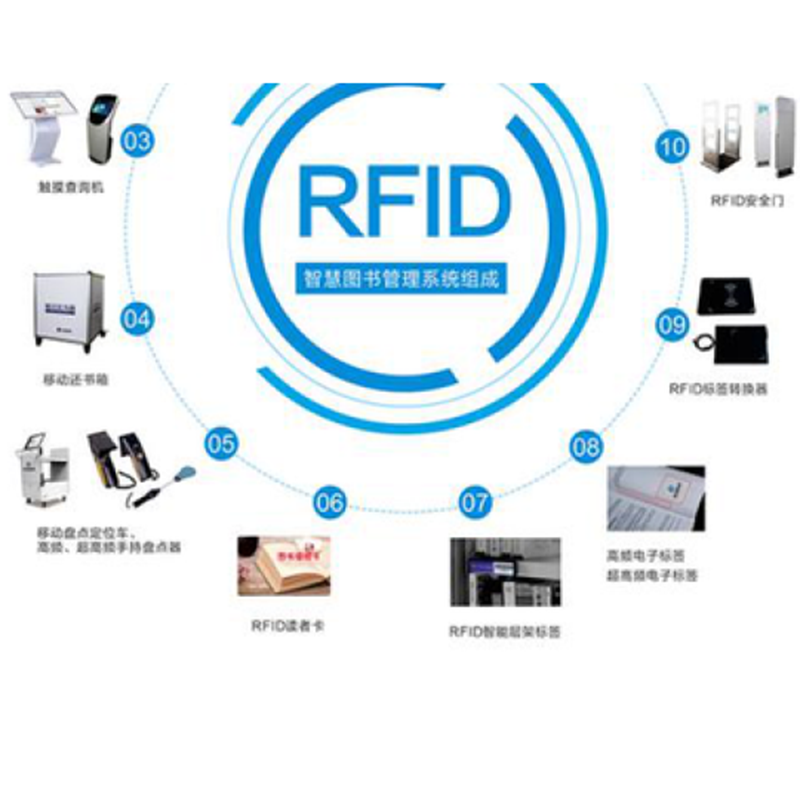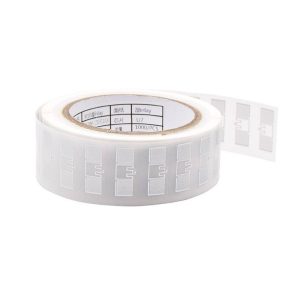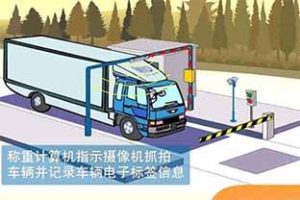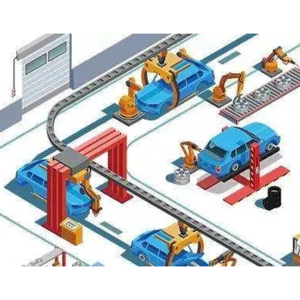The Price of RFID Readers and Writers Application of Industrial RFID Readers in Production Traceability
RFID technology, as a wireless radio frequency identification technology, plays an important role in modern Internet of Things and supply chain management. As an important component of RFID systems, the price of RFID readers and writers is also highly valued. The price of RFID readers is influenced by various factors, including brand, functionality, performance, and specifications.
1. There are significant differences in the prices of RFID readers and writers from different brands. RFID readers from well-known brands often have higher prices, but their quality and performance are also more reliable. In contrast, some small or unknown brands of RFID readers may have lower prices, but there may be certain risks in quality and stability.
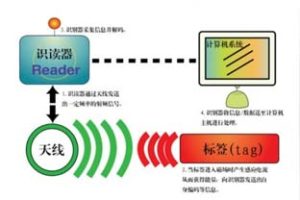
2. The functionality and performance of RFID readers will also have an impact on the price. Generally speaking, RFID readers with more powerful functions and more stable performance are relatively expensive. For example, RFID readers that support simultaneous reading of more tags, longer reading distances, and faster reading speeds are often more expensive.
3. The specifications of RFID readers and writers are also one of the factors affecting the price. RFID readers with different frequencies, powers, communication interfaces, and other specifications may have significant price differences. Generally speaking, RFID readers with high frequency, high power, and multiple communication interfaces are relatively expensive.
Reader and writer in production traceability
The application process of industrial RFID readers and writers in production traceability
1. Before starting production, install RFID industrial readers and writers at the process nodes that need to be controlled on the production line. Install RFID tags on the tooling boards or material boxes containing work in progress, read the tag ID on the tooling board or material box through the RFID reader, bind the tag ID with the product code, production serial number, product batch number, quantity, etc. of the work in progress, and generate production information (such as name, number, batch number, etc.). Write the RFID tag into the industrial RFID reader and send the work in progress to each process for production after it is correctly written.
2. When the product reaches a controlled process point, the industrial RFID reader will write the process content and process point information into the RFID tag, and transmit the production data to the upper computer through the network or serial port.
3. After reaching the last process point, the industrial RFID reader reads the RFID tag information on the fixture board or material box and sends it to the production management software. The production management software counts the number of processes for this product. If there are any omissions, the missed processes can be traced. The operator can return the product to the missed process point for rework. If the number of processes is correct, production is completed.
4. For completed work in progress, the production management system automatically unbinds RFID tags with production barcodes and stores them as unique identification codes in the database, providing a basis for future product traceability.
The application advantages of industrial RFID readers and writers in production traceability
1. Replacing traditional manual registration of work orders, RFID technology is used to identify and register production processes and generate unified format work orders;
2. Integrate with relevant information systems such as MES, ERP, CRM, and IDM to timely transmit production data of work in progress, and achieve query, statistics, and traceability of product production information;
3. Timely and accurately track any missed or unqualified processes on the production line, and send the work in progress to the corresponding process points for rework processing;
4. Real time and accurate collection of production information for each process in the production line, tracking, monitoring, and managing the entire process status of work in progress. The recommended hot selling RFID industrial reader for production traceability ETAG-R320 ETAG-R320 is an industrial RFID reader that meets the IP65 protection level and supports the MODBUS protocol.
It is widely used in industrial production fields such as production tracking and traceability systems, production reporting systems, and AGV unmanned handling station identification systems. ETAG-R321 ETAG-R321 is a high-performance industrial code reader designed with a wide voltage and anti re reading label algorithm, supporting the standard MODBUS industrial communication protocol and POE power supply. It adopts a glue sealing process and meets the IP67 protection level. ETAG-R521 ETAG-R521 adopts a wide voltage, anti-interference ultra-high frequency module design, adopts adhesive sealing process, meets IP67 waterproof level standard, and is a POE powered ultra-high frequency industrial RFID reader and writer.
The application of industrial RFID readers and writers in production process traceability can help enterprises better manage the production process digitally, achieve a mixed flow, automated, and high-precision production information collection mode, and improve the level of intelligent manufacturing.


